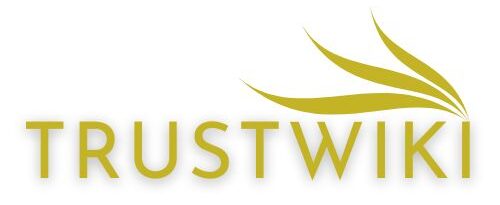Selecting appropriate technological infrastructure for tracking, maintaining, and optimizing physical assets represents a critical strategic decision with long-term operational implications. Implementing efficient asset management solutions requires systematic evaluation of organizational requirements, technical capabilities, and implementation methodologies that align with specific business objectives beyond generic software features. The selection process demands a structured approach considering both current operational needs and future scalability requirements to avoid costly system replacements as organizations evolve. This technical framework examines essential evaluation criteria, implementation considerations, and integration requirements that enable organizations to identify solutions that deliver sustained operational improvements rather than merely digitizing existing processes.
Defining Organizational Requirements Beyond Feature Lists
Effective selection begins with comprehensive business process mapping documenting current workflows, decision points, and information requirements across all asset-related activities. This analysis reveals process inefficiencies addressable through automation rather than simply digitizing existing procedures.
Stakeholder involvement must extend beyond IT and maintenance departments to include operations, finance, and executive leadership. This cross-functional approach ensures the selected solution addresses enterprise-wide asset information needs rather than departmental silos.
Use case prioritization establishes implementation sequencing based on business impact. Ranking scenarios by operational importance, financial benefit, and implementation complexity creates a roadmap beginning with high-value, lower-complexity applications that demonstrate early returns.
Regulatory requirements analysis identifies compliance capabilities necessary for specific industries. From FDA validation in pharmaceutical manufacturing to DOT inspections for transportation fleets, compliance needs significantly influence appropriate solution architecture.
Technical Architecture Evaluation Considerations
Deployment model evaluation must consider both immediate infrastructure requirements and long-term flexibility. Cloud-hosted solutions offer faster implementation and reduced IT overhead, while on-premises deployments provide greater customization capabilities and data sovereignty.
Database architecture significantly impacts performance with large asset portfolios. Solutions employing modern database technologies like columnar storage and in-memory processing demonstrate superior performance with complex analytical queries compared to traditional relational structures.
Integration architecture determines connectivity with existing enterprise systems. RESTful API availability, web service compatibility, and pre-built connectors for common ERP and EAM systems significantly reduce integration complexity and associated costs.
Mobile capabilities evaluation should consider both functionality and offline operation requirements. Field-focused organizations require robust offline capabilities with automatic synchronization when connectivity restores, while facility-based operations prioritize comprehensive functionality over offline capabilities.
Data Migration and Quality Management Planning
Data readiness assessment evaluates existing asset information quality and completeness. Comprehensive analysis typically reveals significant inconsistencies in naming conventions, classification hierarchies, and maintenance histories requiring remediation before migration.
Classification standardization establishes consistent taxonomy across previously disparate systems. Developing standardized nomenclature, equipment categories, and failure codes enables meaningful cross-facility analysis previously impossible with inconsistent classification systems.
Data cleansing methodologies must address both automated and manual verification processes. Effective approaches combine algorithmic validation for detecting structural issues with subject matter expert review for contextual accuracy.
Migration strategy development must balance completeness against practical limitations. Phased approaches focusing initially on active assets and recent history, then progressively incorporating historical data based on analytical value, typically prove more successful than comprehensive initial migrations.
Implementation Methodology Evaluation
Vendor implementation methodology assessment reveals significant differences in approach and outcomes. Providers employing adaptive methodologies with iterative deployment typically deliver faster time-to-value than those following rigid waterfall approaches requiring complete configuration before deployment.
Resource requirement analysis determines internal staffing needs during implementation. Beyond obvious IT involvement, successful implementations require significant business process expertise and change management capabilities frequently underestimated in project planning.
Training approach evaluation should consider both initial and ongoing knowledge transfer. Efficient Asset Management Solutions Effective programs combine role-based formal training with embedded learning resources accessible within the application during normal workflow execution.
Change management capability assessment identifies organizational readiness for process transformation. Solutions providers with structured methodologies addressing cultural and procedural changes demonstrate higher implementation success rates than those focusing exclusively on technical configuration.
Total Cost of Ownership Calculation
Licensing model analysis reveals significant variations beyond headline pricing. Usage-based models may appear economical initially but often become more expensive than perpetual licensing as deployment expands across the organization.
Implementation services scoping frequently reveals significant differences between vendors’ assumptions. Detailed examination of implementation proposals often identifies excluded services and assumptions about customer responsibilities that create unforeseen costs.
Ongoing support requirements analysis identifies post-implementation resource needs. Beyond vendor maintenance fees, organizations typically require internal resources for system administration, configuration management, and user support representing 30-50% of total ownership cost.
Enhancement and upgrade path evaluation reveals long-term sustainability considerations. Solutions following regular enhancement cycles with clearly defined upgrade processes demonstrate lower lifetime costs than those requiring periodic major version migrations or custom development to address evolving requirements.











